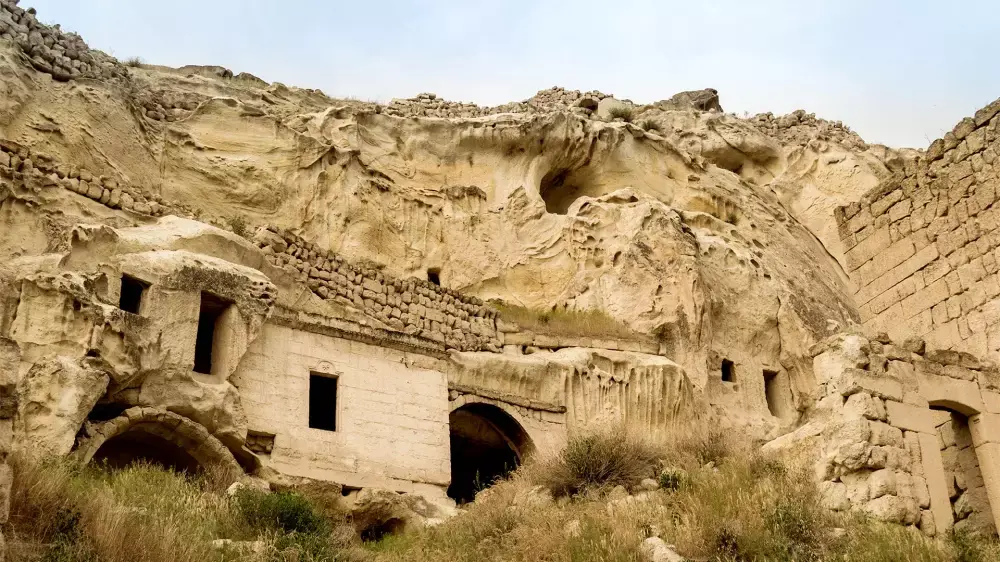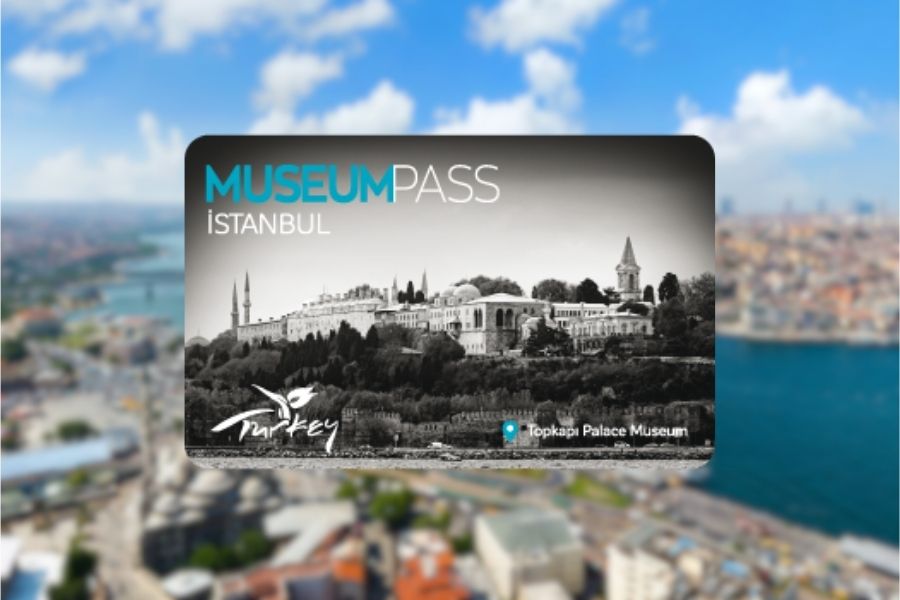
Nevşehir From Past to Present
Glory in Three Times
Getting to know about the history of Nevşehir, a city which has a unique geological structure in the entire world, will only make you adore it more. Its history can be reviewed in three main periods, but there are many chronological subsections. It has been one of the essential spots for humans since the Palaelothic Age. Let’s see what is there to see in the past of this dream land.
The First Period
This is such a place that drew attention even in the Paleolithic and Neolithic Ages. How do we know so well? Because, archeological studies demonstrate that this place is one of the oldest settlements in Anatolia. In the last years of the era, when it became impossible to live here due to strong volcanic eruptions, the city retreated for long years to get its amazing shape of today.
The Second Period
Let’s look at a more recent period. We say recent but we are still in 5000 BC. Around those times, small kingdoms were founded in this area, which were replaced by the civilizations of the Luwians and Hittites in following thousand years. The first known people of the city were again the Luwians and Hittites. The trade colonies created by the Assyrians around 2500 BC discovered the productivity of the region and began making trades over Cappadocia. The area was named Cappadocia by the Hittites, meaning “the country of beautiful horses”. So, this phonetically harmonic name of Cappadocia is a treasure inherited from them.
The Assyrians that ruled the area for long years lost their power over Cappadocia around the 1850s BC. After that, the Hittites came to Anatolia from the Caucasia and settled in the area. Cappadocia was conquered by King Suppiluliuma in 1750 BC and enriched its cultural texture as a Hittite state for the entire 500 years.
There came a time when the Hittites lost Cappadocia… Then, a tribe of theirs, Tabal Kingdom took part. The confederate kingdom comprised of 24 principalities conquered Cappadocia again. The people of Tabal famous for horse breeding literally did justice to the name of the region the conquered.
In 17 AC, Cappadocia was annexed to Rome by King Tiberius. After a year, it was declared a governorate and a governor was appointed by the Romans. The borders of the governorate expanded to Cilicia in the south, Samsun in the north, the Salk Lake in the west and the shores of the Euphrates River in the east. After 18 AC, Avanos took role in the historical stage as one of the most developed cities on commercial and religious terms.
The rest is predictable… Roman King Constantine I began to torture the Christian people as he had Pagan beliefs his entire lifetime. People escaping from his torture sought refuge in Cappadocia. These people performed their religion freely here, had a great impact on the spread of Christianity in entire Anatolia. Finally, they took a sigh of relief when they learned that Constantine I became a Christian just before he died.
Cappadocia, remaining under the rule of the Christians for centuries, was introduced to Islam by Turks when the Seljuqs took their steps in Anatolia after the Battle of Manzikert in 1071.
Third Period; Turks and Islam
Only a year after the Great Seljuq Empire that began to be called the Anatolian Seljuq Empire settled in the region in 1071, here came the Oghuz Tribe. They started living together with the Greek population here, engage in cultural activities to make the area more Turkish and spread Islam, and they created a cultural mosaic for 330 years.
The area especially became a trade hub between the east and west during the rule of the Anatolian Seljuq Empire and it served as a bridge. The area was put under the rule of the Ilkhanid Governor Timurtaş in 1318 and he declared independence in 1327. For this reason, he was killed and when he was replaced by Eratna Bey in the same position, he did the exact same thing too and brought full independence to the region and the people living here. After Eratna Bey died, new rulers were almost kids and thus, they failed to ensure political integrity. The Karamanids seized the area in 1398. These lands which remained under the reign of the Ottoman from the Ilkhanids to the rule of Beyazıt I in 1402 were lost to the Mongolian Emperor Timus in the Battle of Angora. In 1466, Cappadocia was again conquered by the Ottoman.
Cappadocia remained under the rule of the Ottoman until 1918, which places it among the cities that were ruled by them for the longest period of time. As it was not included in the lands which were shared during the armistice in the War of Independence, the city did not experience many negative incidents, the center of the area was identified to be Muşkara (Nevşehir) and it maintained to be include in the soil of the Republic of Turkey. Therefore, Cappadocia became a district of Nevşehir. Nevşehir that was under the governance of Niğde until 1954 acquired a city status the same year.



